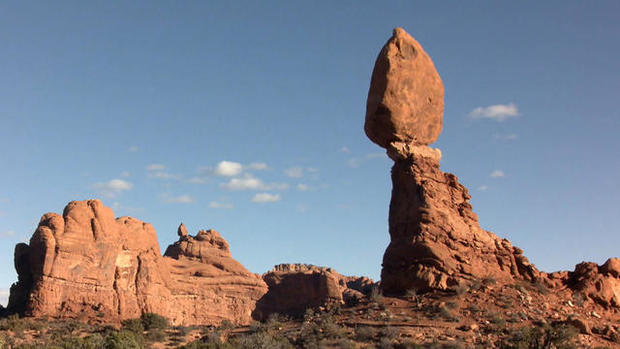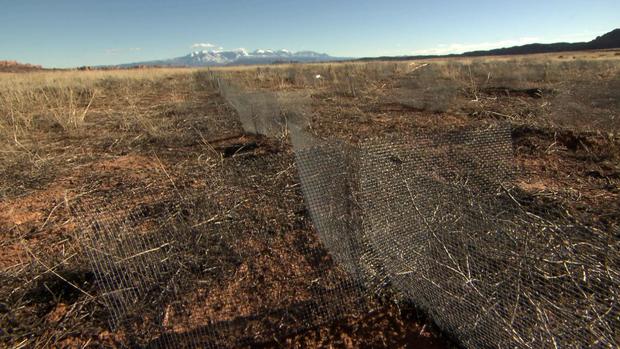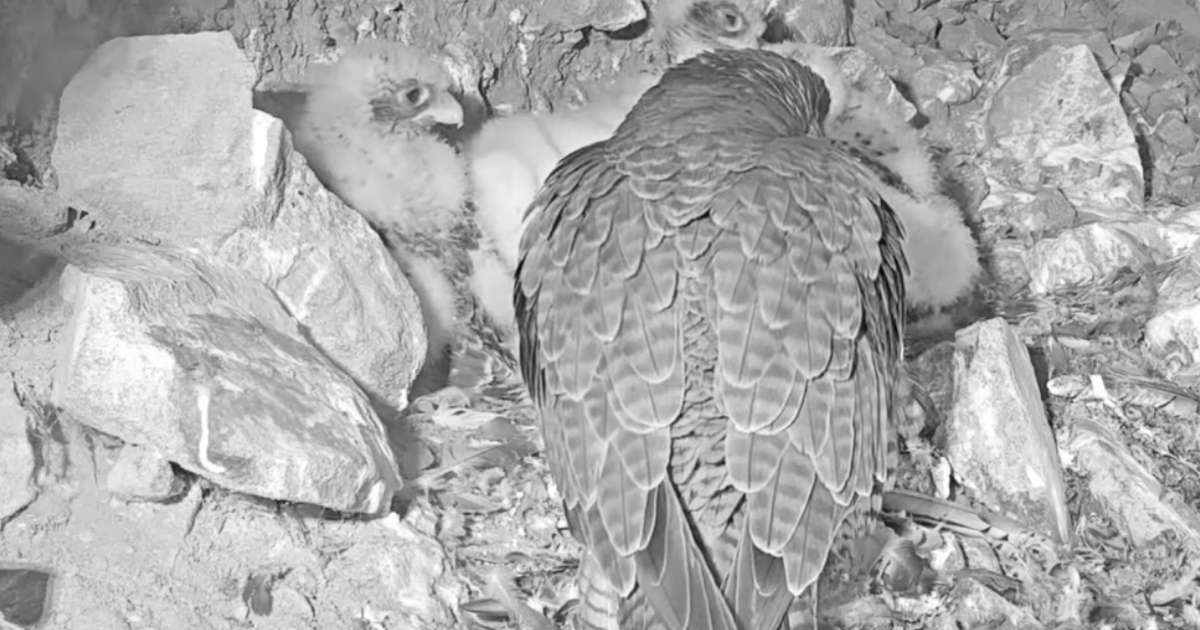Restoring the trampled land of Utah's national parks
In this installment of "America the Beautiful," our series celebrating the National Park Service's 100-year anniversary, we visit Utah, where winter at Canyonlands and Arches National Parks brings an escape from the crowds.
They look like strangers who have been here for 65 million years — red rises in the desert that accept sunlight in mind-bending ways. You can see any shape you want, though it's hard not see one of the most beautiful places on earth, reports CBS News correspondent Jeff Glor.
"What is it about the desert?" Glor asked.
"For me, it's always been the wide open spaces. You know, you're very small, and so therefore any problems that you might have also feel really small. And so it's really a place to put things in perspective," park ranger Liz Ballenger said.
"It's restorative," Glor said.
"I think so," Ballenger said.
But there are times when even the desert needs to be restored.
The arches and cliffs haven't gone anywhere, but after more than a century of cattle-trampling, beginning in the mid-1800s, vast stretches of land in the West still haven't come back. Native grass doesn't grow and wildlife can't survive.
That's why Canyonlands and Arches National Parks are involved in an innovative program using something called "con-mods."
"It's short for connectivity modifier," Ballenger explained.
"It doesn't exactly roll of the tongue, but it's important," Glor said.
"Yeah. It's kind of a catchy term, con-mod. The main reason why they were called that is, they modify the connectivity, or they break up the connectivity of these really big, bare ground areas of our grassland that have not recovered from past uses," Ballenger said.
It's a big idea with lots of little parts: the X-shaped con-mods catch seeds and moisture, creating tiny "islands of recovery" that multiply over and over.
"We're in Salt Valley now … one of the areas that's really in need of restoration," Ballenger said. "By having these islands of recovery out here on the landscape, we're able to get perennial grass established into these systems again."
So far, scientists say con-mods have a 90 percent success rate. We got an up-close look at the program during the slow season here, one of the best times to visit.
"What is it about this place in winter time?" Glor asked.
"I think the winter everything slows down, and you can almost feel or hear the rocks taking a deep breath and there is a sense of solitude and stillness that is pretty special," park ranger Allison van Lonkhuyzen said. She has been a ranger at Arches since 2012.
"I felt a connection to this place that every time I left, I came back, and it feels like home," she said.
The park is home to more than 2,000 natural stone gateways, including the world-famous Delicate Arch, all formed by a relentless and timeless exercise of erosion.
It moves slowly, even though the turnstiles don't. Annual attendance at Arches has gone from about 2,500 people in 1940 to nearly 1.5 million today.
Getting a look and listen at quiet moments like this is rare.
"You can hear the birds singing — right now you can hear them. On a busy day in the spring or summer or fall, there would be a lot of voices here," Ballenger said.
"This seems like the National Park Service's best kept secret," Glor said.
"Yeah, don't tell anyone about December and January here. We're not on television, are we?" Ballenger said, laughing.
Watch other stories from our "America the Beautiful" series:





